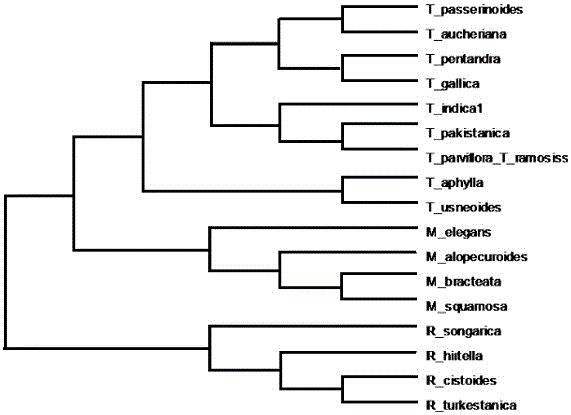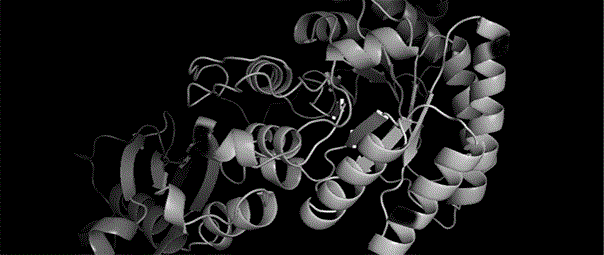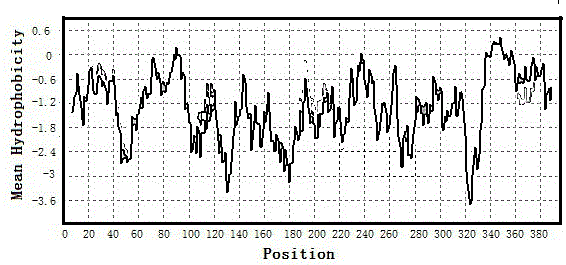Method for detecting adaptive evolution and structural modeling of rbcL genes of tamaricaceae plants
A technology of adaptive evolution and structural modeling, applied in biological systems, bioinformatics, special data processing applications, etc., can solve problems such as unknown functions and affecting enzyme catalytic efficiency
- Summary
- Abstract
- Description
- Claims
- Application Information
AI Technical Summary
Problems solved by technology
Method used
Image
Examples
Embodiment Construction
[0026] The embodiments of the present invention are used to further illustrate the implementation of the present invention below in conjunction with the accompanying drawings, but the present invention is not limited thereto.
[0027] A kind of detection tamarixaceae plant wxya An overview of methods for genetically adaptive evolution and structural modeling:
[0028] The method comprises: ① Tamarix plants wxya Acquisition of gene sequences; ②Pedigree analysis and adaptive locus detection of 17 species of Tamarixaceae; ③Rubisco structure simulation and selective locus analysis of Tamarixaceae plants.
[0029] Among them ① Tamarixaceae plants wxya The steps to obtain the gene sequence are: log in to the NCBI platform and search for all Tamarix plants wxya Gene sequence; unreliable sequences and sequences without complete Rubisco catalytic active region were excluded and discarded wxya The sequence of the non-Rubisco catalytically active region of the gene; by entering a...
PUM
 Login to View More
Login to View More Abstract
Description
Claims
Application Information
 Login to View More
Login to View More - R&D
- Intellectual Property
- Life Sciences
- Materials
- Tech Scout
- Unparalleled Data Quality
- Higher Quality Content
- 60% Fewer Hallucinations
Browse by: Latest US Patents, China's latest patents, Technical Efficacy Thesaurus, Application Domain, Technology Topic, Popular Technical Reports.
© 2025 PatSnap. All rights reserved.Legal|Privacy policy|Modern Slavery Act Transparency Statement|Sitemap|About US| Contact US: help@patsnap.com



